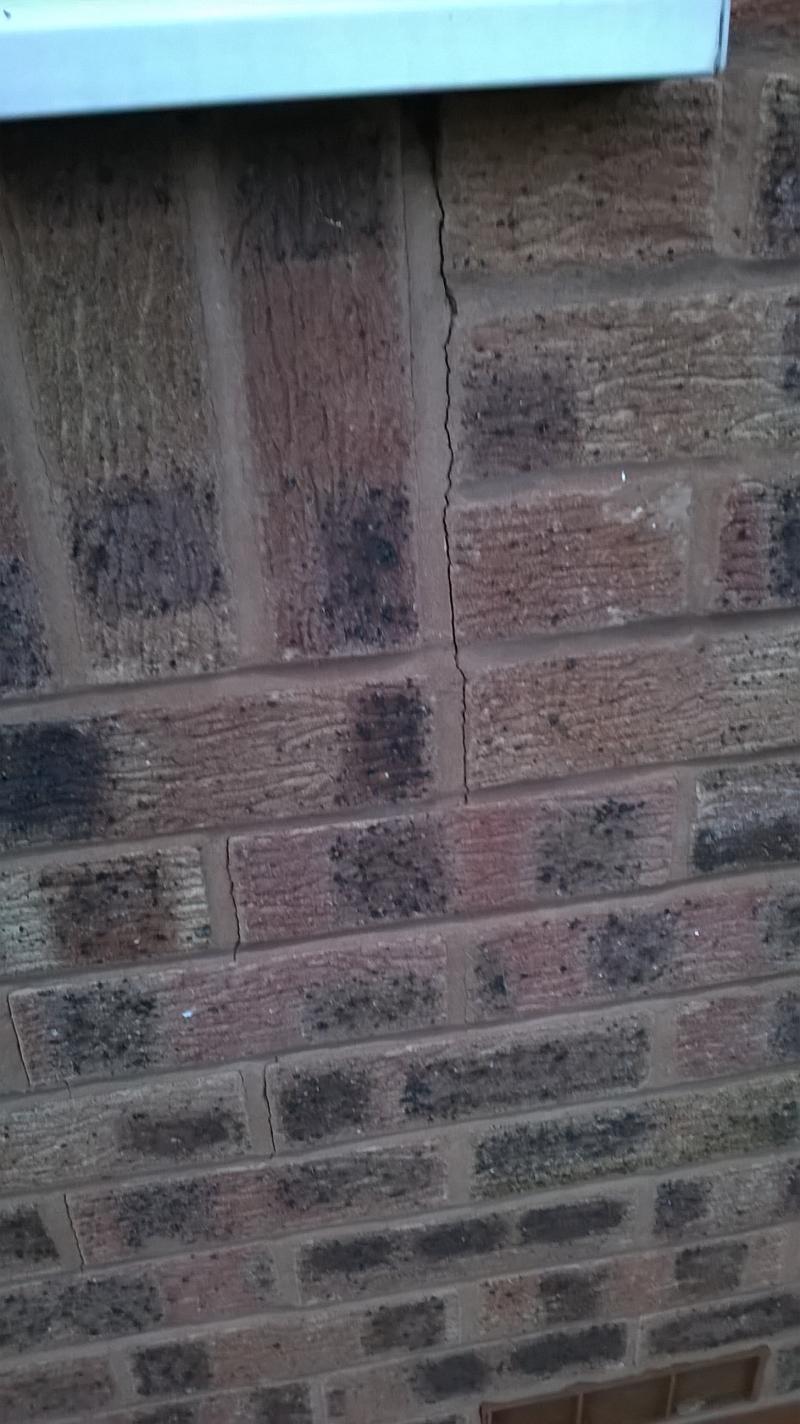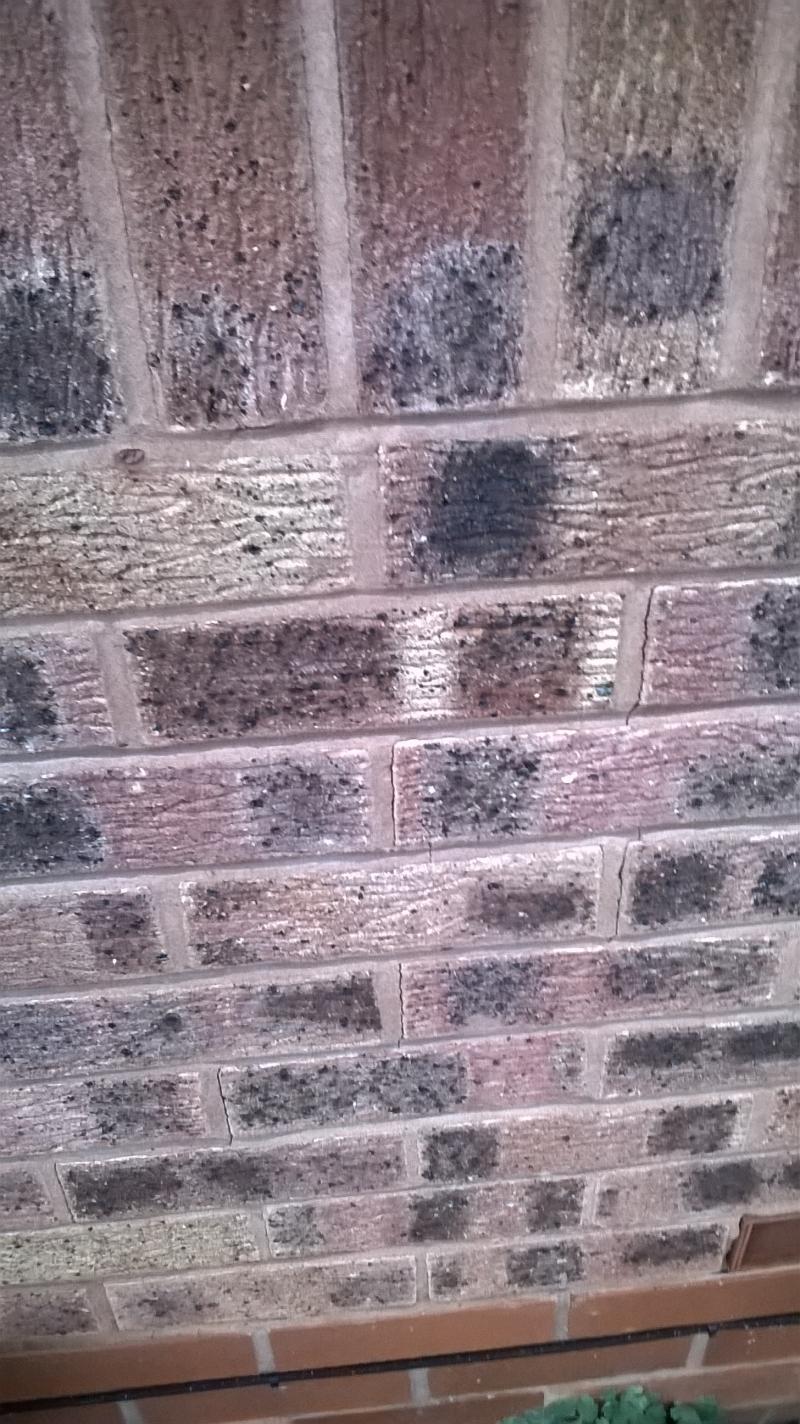Hi All,
on the exterior of my house i have noticed that the mortar around the brickwork has cracked, the cracking is situated below the down stairs living room window situated towards the right hand side corner of the house.
does this look serious and would you recommend that i get a surveyor into advise on them.
Thanks
Mark
on the exterior of my house i have noticed that the mortar around the brickwork has cracked, the cracking is situated below the down stairs living room window situated towards the right hand side corner of the house.
does this look serious and would you recommend that i get a surveyor into advise on them.
Thanks
Mark



